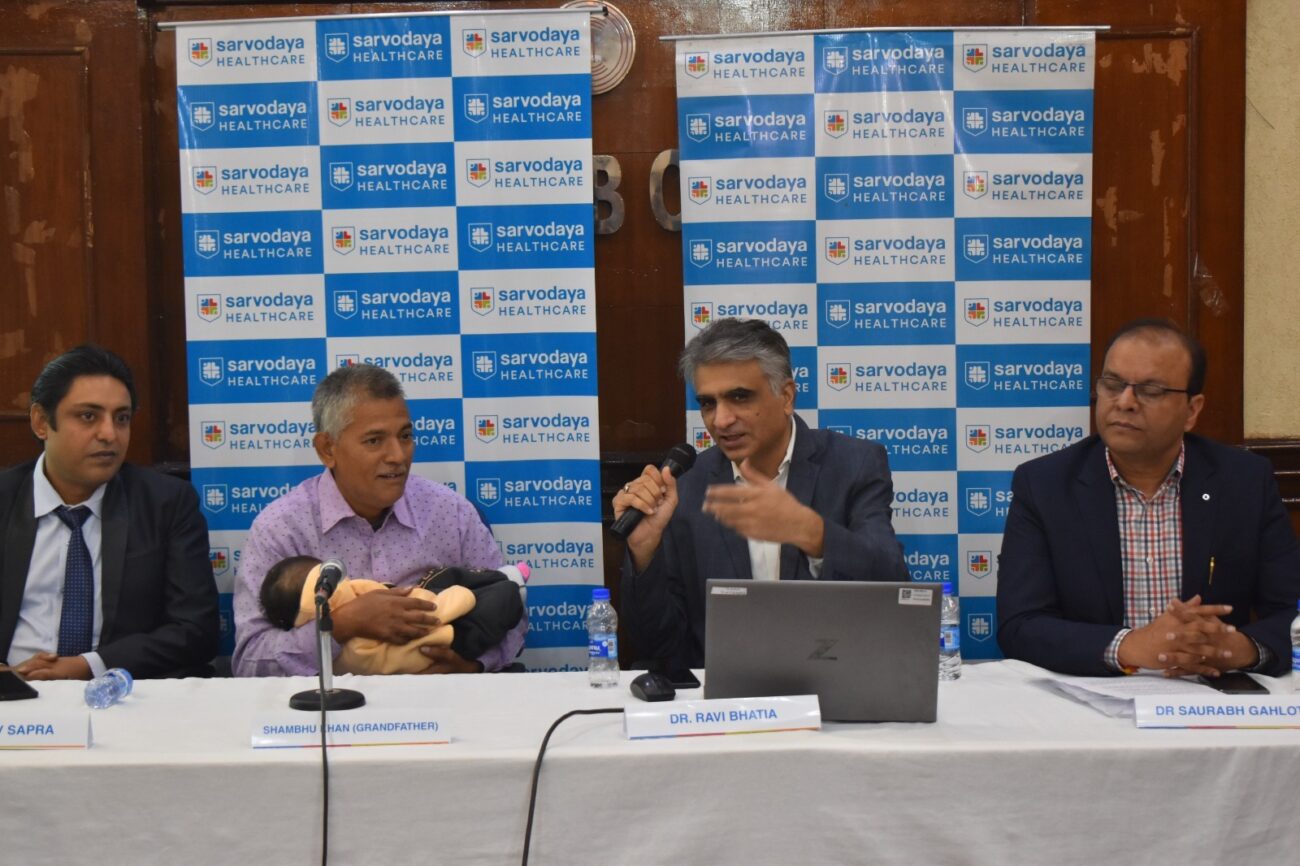Trigeminal Neuralgia: Signs, Causes, Diagnosis, Treatment, Dos And Don’ts
Dr.Parth Jani, Consultant Neurosurgeon (Ex-PGIMER Chandigarh) HCG Hospital, Ahmedabad When chronic pain affects the trigeminal nerve - the nerve carrying sensation from the face to the brain, it gives rise to a condition known as trigeminal

Dr.Parth Jani, Consultant Neurosurgeon (Ex-PGIMER Chandigarh) HCG Hospital, Ahmedabad
When chronic pain affects the trigeminal nerve – the nerve carrying sensation from the face to the brain, it gives rise to a condition known as trigeminal neuralgia. It caused excruciating painful sensations, those similar to an electric shock on one side of the face. This condition is more commonly seen in women who are above 50 and is a progressive condition that begins with short, mild attacks but can cause longer, more frequent bouts of bad pain in later stages. The trigeminal neuralgia induced pain is so intense that it can be triggered by very mild stimulation of the face like that of brushing or even putting on makeup.
Trigeminal neuralgia is painful enough to disrupt one’s day to day activities. Also, interestingly, it is mostly unilateral and more likely affects the right side of the face. Bilateral trigeminal neuralgia affecting both the sides of the face is pretty rare. Here’s all about the signs, causes, diagnosis, and treatment of trigeminal neuralgia that one must know of.
Signs of trigeminal neuralgia not to be neglected
Episodes of severe shooting or jabbing pain that may feel ,like an electric shock, sudden attacks of pain triggered by things like touching the face, chewing, speaking or brushing teeth, pain attacks lasting from a few seconds to several minutes, pain that occurs with facial spasms, bouts of multiple attacks lasting for days, weeks, months, or longer, pain in the areas supplied by trigeminal nerve like cheek, jaw, teeth, gums, lips or sometimes the eye and the forehead, pain affecting one side of the face at a time, pain focused on one spot, spreading in a wider pattern, hardly any pain during the night while sleeping and attacks becoming more frequent and intense over time are some of the common signs of trigeminal neuralgia.
Kinds of trigeminal neuralgia and what triggers and causes it
Trigeminal Neuralgia can be of two kinds – Typical (Type 1) trigeminal neuralgia and atypical (Type 2) trigeminal neuralgia. The first kind involves painful episodes that are sharp, intense and sporadic, all over the face, lasting from a few seconds to two minutes with a break in between two episodes, the pattern continuing up to two hours. The second kind is less painful and intense compared to the first kind but is more widespread. It involves constant pain like stabbing or burning sensation with persistent aches and pains. Also, it is more difficult to control the symptoms of atypical trigeminal neuralgia.
Various activities that may trigger these two kinds of trigeminal neuralgia are touching the face for shaving, putting on makeup, washing face, eating and drinking, brushing teeth, flossing and using mouthwash, talking and smiling, applying any kind of pressure to the face, especially on the cheek or jaw line and when a strong gust of wind blows in one’s face.
While there could be several causes, trigeminal neuralgia is mostly caused by a blood vessel exerting pressure on the nerve near the brainstem. Those with multiple sclerosis may also develop trigeminal neuralgia and multiple sclerosis causes the deterioration of the nerve coating near the brainstem called myelin sheath. It can also occur due to a tumour or lesion that compresses the nerves or if one’s trigeminal nerve is damaged due to oral or sinus surgery or stroke or some kind of facial trauma.
Diagnosis and treatment of Trigeminal Neuralgia
Diagnosis of trigeminal neuralgia is done based on three factors – the kind of pain one faces, the parts of the face affected by the pain and the kind of activities causing the pain. The various ways of diagnosing trigeminal neuralgia include a neurological exam that tests the nerves in the brain, motor system function and assesses one’s reflexes and pain tolerance, an MRI – magnetic resonance imaging to rule out brain tumours, multiple sclerosis and other potential causes like sinusitis, migraine and more. This scan also shows if a blood vessel is pressing on the nerve to cause the pain.
Treating trigeminal neuralgia can be done in three ways – medication, surgery, and complementary therapies.
Medications include anticonvulsant drugs, tricyclic antidepressants, muscle relaxants and other medications like injections to block sensory nerves to provide temporary relief.
When medications do not work, surgeries are recommended based on the intensity of the pain, physical health, earlier surgeries, the patient’s preference and more. The kinds of surgeries used to treat trigeminal neuralgia are balloon compression, glycerol injection rhizotomy, radiofrequency thermal lesioning, microvascular decompression, neurectomy, stereotactic radiosurgery, etc. It is to be noted that it is more difficult to perform surgery on those suffering from Type 2 trigeminal neuralgia.
The complementary therapies used to treat trigeminal neuralgia include yoga, creative visualisation, meditation, aromatherapy, low-impact exercise, acupuncture, chiropractic, supportive counselling, biofeedback, vitamin therapy, nutritional therapy, and more.
It is important to seek clinical help promptly in case one spots a sign or signs of trigeminal neuralgia, and this condition can worsen over time and pain management can become more and more difficult. Also, it cannot be prevented, hence once must be aware of the early signs and not hesitate to reach out to a doctor at the earliest for treatment.






